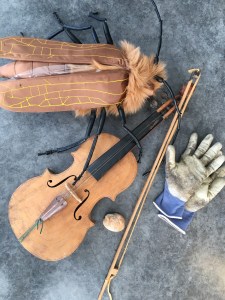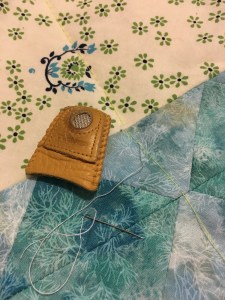All of New Zealand south of Auckland is now at alert level 3. To most of the rest of the world, level 3 is simply “lockdown”, but to us it represents an important easing of restrictions. Just like level 4, we have to stay in our bubbles, work from home, and not travel, but in level 3 we’re allowed to sell and purchase items that aren’t food or medicine, provided we can do it online and have contactless delivery or pickup.
I was terribly smug at the start of this lockdown, knowing I had a quilting project underway, for which I had all the supplies I needed. On day 1 of lockdown, I spread out the top, batting and backing, only to discover I was 14 cm short on batting. Horrors!
I’ve spent lockdown making do with other craft projects—things I never particularly intended to make, but had the supplies for. I’m looking forward to the opportunity to finally be able to order that narrow strip of batting I need for my quilt.
We go! We go
To level three—
A lot like level four.
But it’s nice to
Click and collect
From your favourite store.











